Winter supplementation for a cow can account for anywhere between 40 and 60 percent of the annual cost of maintaining the cow. Therefore, producers should plan their winter supplementation strategies during the growing season to allow for more options and to reduce winter feed costs when utilizing bermudagrass pastures.
It is important to remember that a bermudagrass grazing system will be dependent on hay feeding once stockpiled forages have been depleted.
Bermudagrass is a dominant, introduced forage type in the Southern Great Plains and along the Gulf Coast. This grass species is an excellent warm-season perennial grass that stands up to grazing pressure and responds well to fertility and moisture.
Cows can meet their nutrient requirements on bermudagrass during the growing season and with stockpiled forage in the fall, if calving timing is correct. Graphs 1 and 2 demonstrate the relationship of grass quality and the cow’s nutrient requirements to time of year, for crude protein (CP) and total digestible nutrients (TDN) of the forage, respectively.
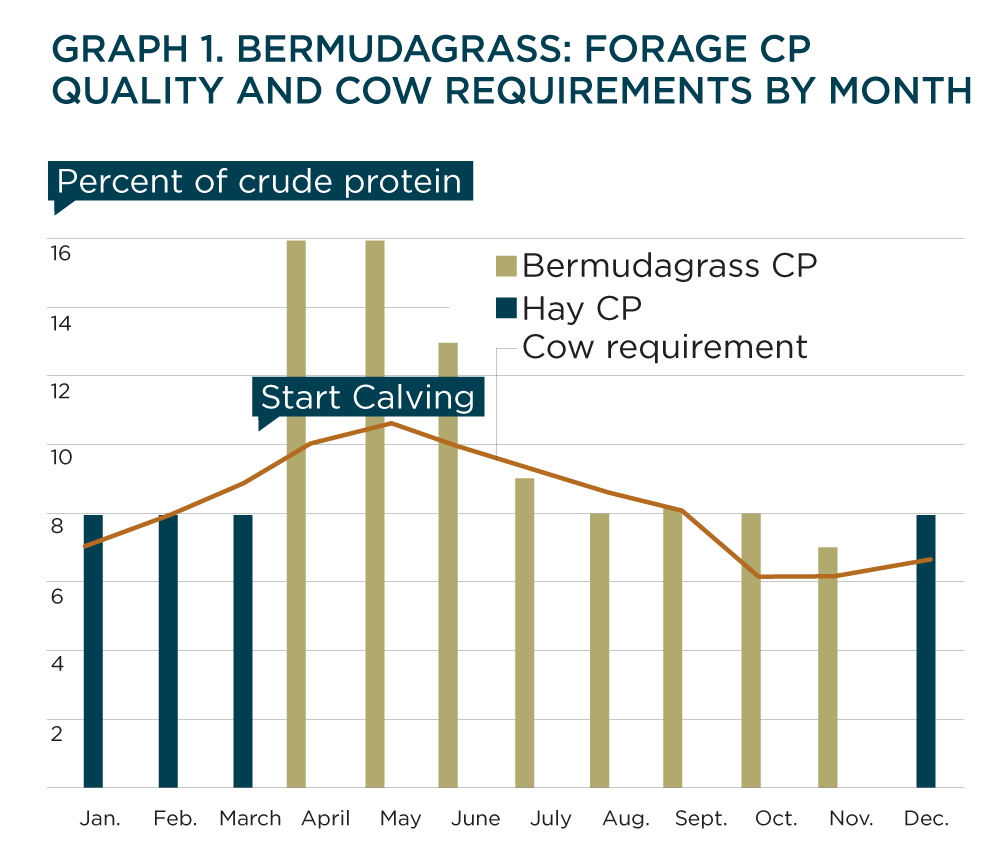
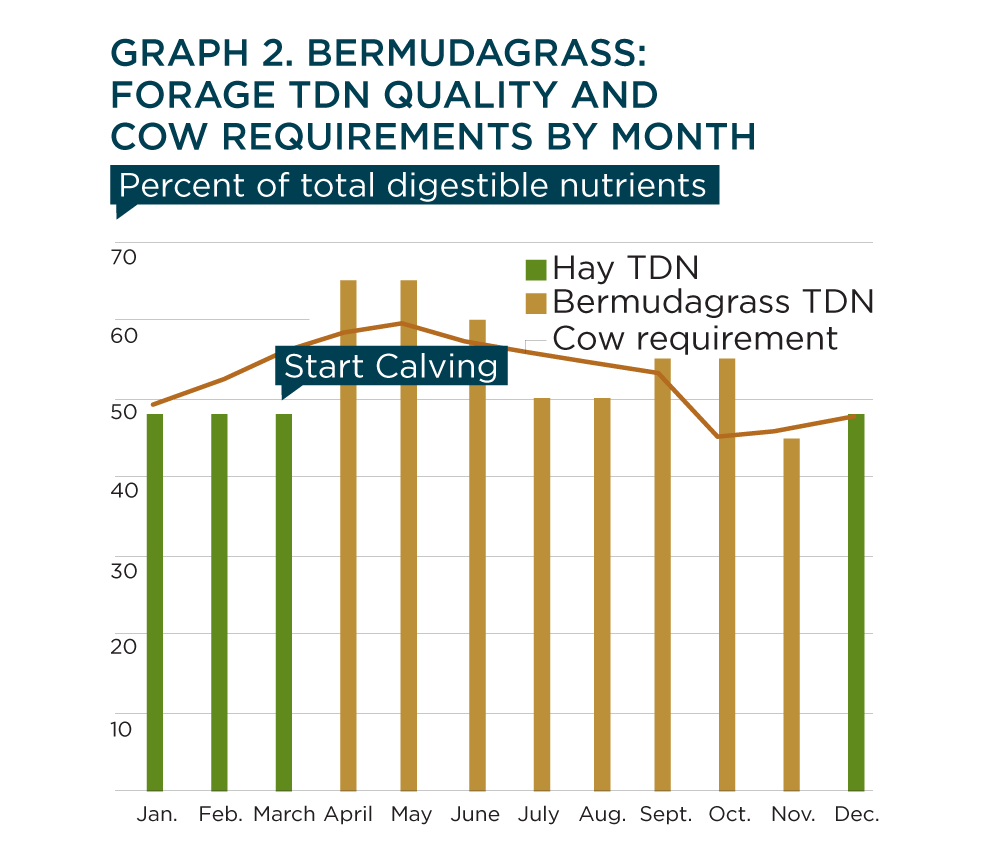
In general, it is preferred to time the beginning of the calving season about one month prior to the start of the growing season. In doing so, the producer can time the cow’s highest nutrient requirements when forage is at its best quality and sufficient quantity. This allows the cow to meet her nutritional demand solely from the pasture with no additional supplementation required. Additionally, in a controlled 60-day calving season, all cows will be done calving before pasture quality diminishes to the point where the cow cannot meet her nutrient requirements while in peak lactation. Peak lactation occurs about 60 days post-calving, which coincides with the highest nutritional demand of the cow’s physiological year.
During the hottest part of the summer, when bermudagrass may go into a summer dormancy, the grass quality may taper off to a point that it may not meet the cow’s requirements for either CP or TDN (Graphs 1 and 2). However, the cow may be selective enough to continue to meet her requirement or she may slightly slip in body condition. If a producer anticipates an extended time period of high temperatures or decreased moisture that would be sufficient enough to affect the forage quality, he or she could feed a small amount (less than 0.5 pound) of a high protein supplement to the cow during the summer months. This would stimulate forage intake and allow the cow to meet her requirements.
It is important to remember that a bermudagrass grazing system will be dependent on hay feeding once stockpiled forages have been depleted during the winter months. In most areas, hay feeding will start around December and continue until green-up next spring, around April. Careful consideration should be given to the hay quality that is either baled on the farm or bought. It is easy to have hay that can satisfy the cow’s nutritional requirements while also supplying supplemental forage. If high-enough hay quality, both in terms of CP and TDN, can be fed free-choice, then additional feed supplementation would not be necessary. Typically, high-quality hay can be purchased at a lower price than any purchased feed on a ton basis.
Table 1 lists the amount of the nutrients in pounds rather than percent deficient each month during the typical winter feeding months. Many producers only think in terms of percent of a nutrient required for the cow. However, the correct method is to consider the actual amount supplied by the pasture and the cow’s requirements. The cow and rumen microbes need a set quantity of each nutrient, not a percentage. Nutrient quality or percentage is only necessary to determine the amount that the cow is getting from the pasture and how much is needed in the supplement, if any. Which feed is the right one to use will depend on the supplement cost on a quantity-per-day basis after a calculation has been made to determine the correct amount for each potential supplement.
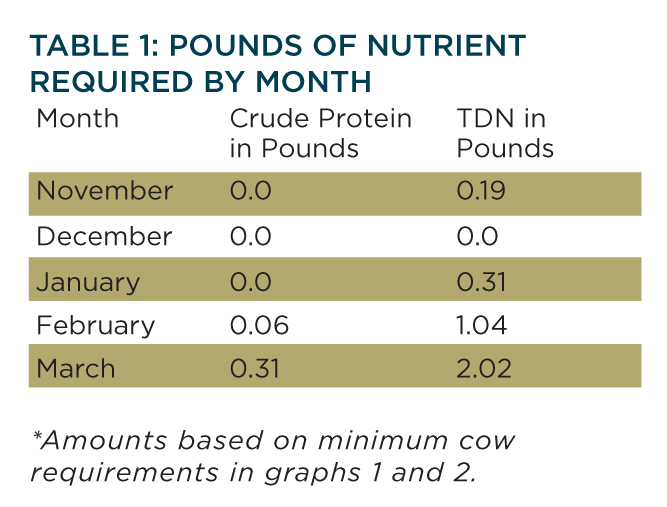
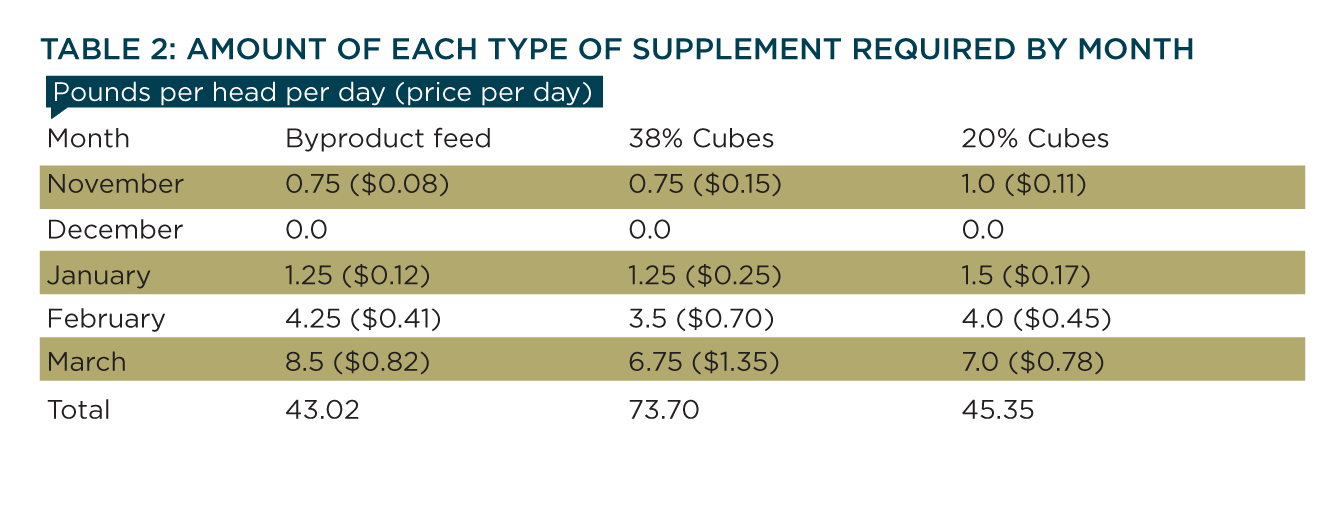
Table 2 lists three example feeds that are commonly available for producers and the amount that would be fed on a daily basis (top value in each cell) to meet cow requirements. The value in parenthesis in each cell is the cost on a daily basis for that feed. The last line of Table 2 is the cost of feeding each feed for the winter feeding period assuming the following costs for each feed: Byproduct feed ($192.50 per ton, 38 percent Cubes ($403 per ton) and 20 percent cubes ($220 per ton).
Not always is the cheapest feed on a price per ton basis the best feed to use. This demonstrates that a producer should determine the correct amount of feed necessary to meet a cow’s requirements then calculate the cost of each feed. Additional consideration should be given to special handling and trough requirements of each feed type. Byproduct feeds will have about a 10 percent greater amount of waste than cubes when fed on the ground, which needs to be accounted for so the cow is not shorted on the feed amount she actually consumes.
Ultimately, a producer should have a diversity of forage types on the ranch to allow for season-long grazing. Utilization of native grasses as a standing hay crop during the winter can eliminate the cost of hay, but the producer may still have to supplement additional protein to the cow. However, for those producers who are locked into a bermudagrass-only grazing system, care should be exercised to reduce winter feeding costs.
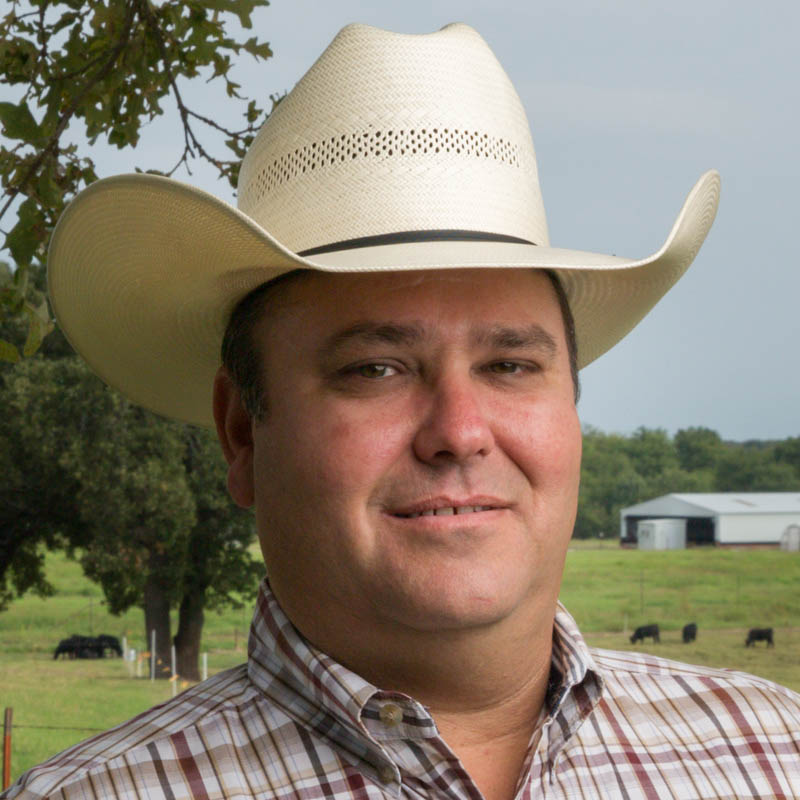

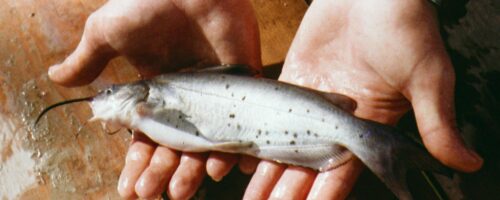
Comment